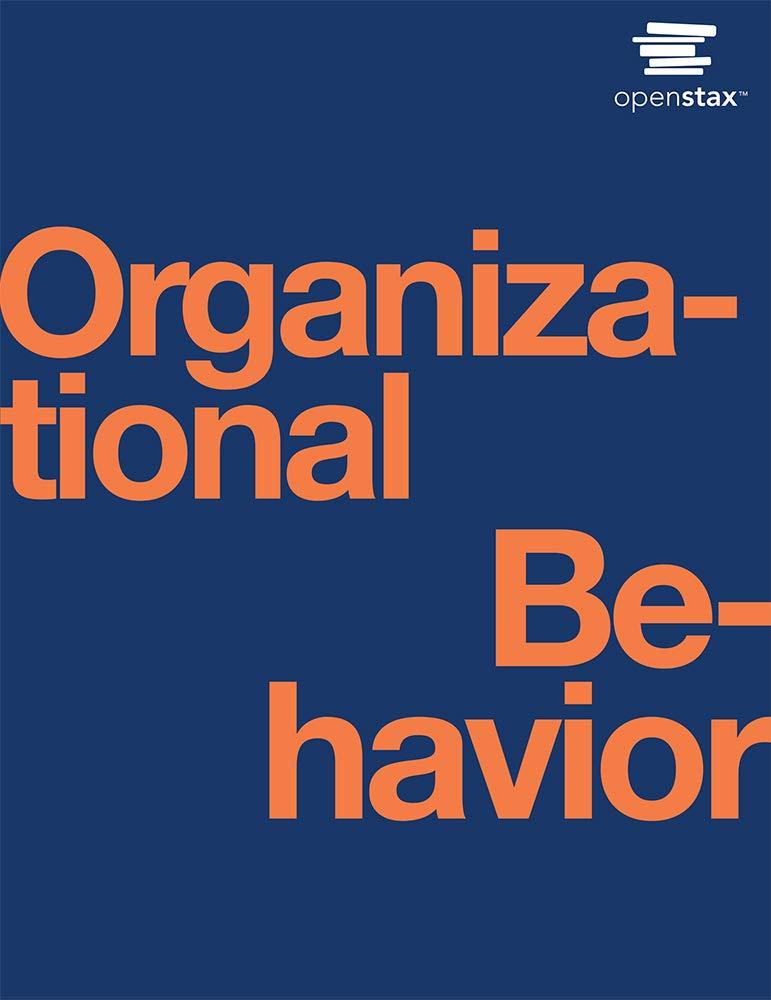Almost since its initial founding in 2009 as a luxury car service for the San Francisco area,
Question:
Almost since its initial founding in 2009 as a luxury car service for the San Francisco area, controversy has followed Uber. Many complaints are against the tactics employed by the company’s founder and former CEO, Travis Kalanick, but the effects are found throughout the business and its operations.
In 2009, UberBlack was a “black car” service, a high-end driving service that cost more than a taxi but less than hiring a private driver for the night. It wasn’t until 2012 that the company launched UberX, the taxi-esque service most people think of today when they say “Uber.” The UberX service contracted with private drivers who provided rides in their personal vehicles. A customer would use Uber's smartphone app to request the ride, and a private driver would show up. Originally launched in San Francisco, the service spread quickly, and by 2017, Uber was in 633 cities. The service was hailed by many as innovative and the free market's answer to high-priced and sometimes unreliable taxi services. But Uber has not been without its critics, both inside and outside of the company.
In 2013, as the UberX service spread, some UberBlack drivers protested at the company’s headquarters complaining about poor company benefits and pay. They also claimed that competition from the newly launched UberX service was cutting into their sales and undermining job security. Kalanick rebuffed the protests, basically calling the complaints sour grapes: most of the protestors had been laid off earlier for poor service (Lawler 2013). Controversy also arose over the use of contract drivers rather than full-time employees. Contractors complained about a lack of benefits and low wages. Competitors, especially taxi services, complained that they were being unfairly undercut because Uber didn’t have to abide by the same screening process and costs that traditional yellow taxi companies did. Some municipalities agreed, arguing further than Uber’s lack of or insufficient screening of drivers put passengers at risk.
Uber quickly generated a reputation as a bully and Kalanick as an unethical leader (Ann 2016). The company has been accused of covering up cases of sexual assault, and Kalanick himself has been quoted as calling the service “Boob-er,” a reference to using the service to pick up women (Ann 2016). Uber has been criticized for its recruiting practices; in particular, it has been accused of bribing drivers working for competitors to switch over and drive for Uber (Ann 2016).The company was also caught making false driver requests for competing companies and then canceling the order. The effect was to waste the other driver’s time and make it more difficult for customers to secure rides on the competing service (D’Orazio 2014). Susan J. Fowler, former site reliability engineer at Uber, went public with cases of outright sexual harassment within Uber (Fowler 2017). Former employees described Uber’s corporate culture as an "a**hole culture" and a “‘Hobbesian jungle’ where you can never get ahead unless someone else dies.” (Wong 2017) One employee described a leadership that encouraged a company practice of developing incomplete solutions for the purpose of beating the competitor to market. Fowler went so far as to compare the experience to Game of Thrones, and other former employees even consider "making it" at Uber a black mark on a resume (Wong 2017).
In terms of social acrimony and PR disasters, arguably caused or even encouraged by leadership, Uber’s rise to notoriety has arguably been more bad than good. In June 2017, Kalanick made one too many headlines and agreed to step down as the company’s CEO.
Questions
1. In the summer of 2017, Transport of London (TfL) began proceedings to revoke Uber’s permit to operate in London. How do think Uber’s poor corporate reputation may have been a factor in TfL's thinking?
2. What steps do you think Uber’s new CEO, Dara Khosrowshahi, needs to take to repair Uber’s reputation?
3. Despite Uber’s apparent success in launching in multiple markets, it continues to post quarterly losses in the millions and shareholders effectively subsidize 59 percent of every ride (https://www.reuters.com/article/us-uber-profitability/true-price-of-an-uber-ride-in-question-asinvestors-assess-firms-value-idUSKCN1B3103). How is this an outworking of Uber’s overall corporate culture?
Step by Step Answer:






